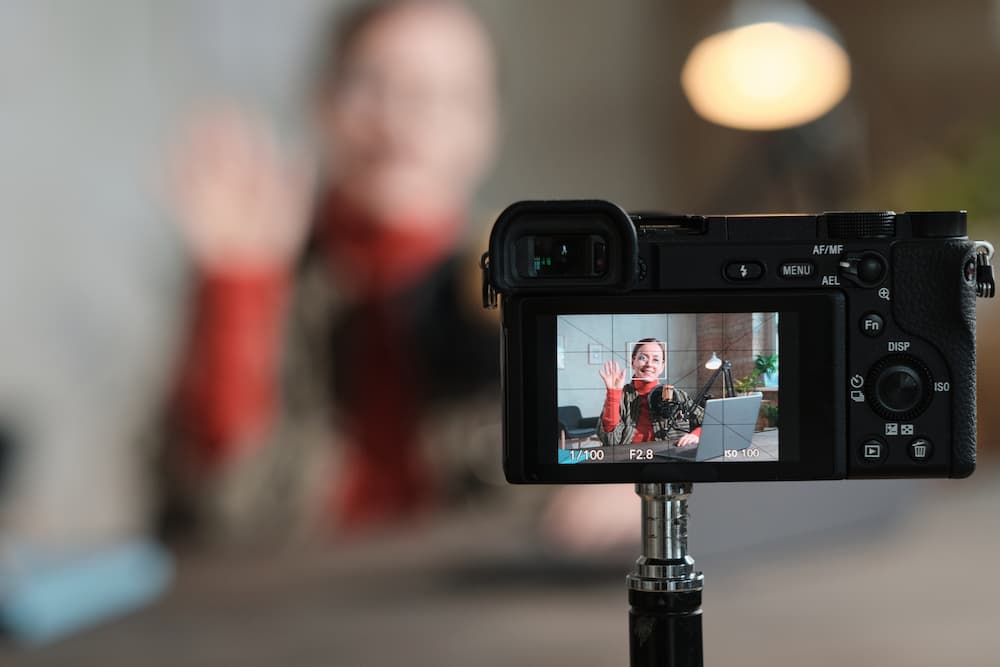Visual engagement is a form of customer interaction that relies on visuals, including images and video content. It allows organisations to more effectively interact with customers through digital channels, using technology such as co-browsing, video, screen sharing, and annotations.
There are many advantages to using visual engagement as part of the customer service experience. The human brain can process image-based information up to six thousand times faster than text. According to the Social Science Research Network, 65 per cent of people are visual learners. Companies can use the power of visuals to better convey meaning to customers and therefore provide a more comprehensive and engaging customer experience.
Some of the benefits of using visual engagement tools include increases in sales and profits. Companies who use visual tools are more effective at making sales than companies that do not utilise this technology. For employees, visual engagement can reduce handling time for live agents. This increases productivity and allows them to spend less time troubleshooting for individual customers.
Customers also have an improved experience and higher levels of satisfaction when they interact with visual engagement tools. Customers feel they have a better understanding of what they are purchasing, and they can communicate more effectively with support people and technologies for a smoother experience. Research shows that people are more likely to return and continue doing business or buying products from companies that use visual engagement methods.
Types Of Visual Engagement Tools
There are various visual engagement tools that companies can use to improve the customer experience. Different tools are useful and applicable in different ways, and using a combination of visual engagement methods can contribute to a better customer journey.
Co-browsing
Co-browsing is a functionality that allows live service agents to see a customer’s browser tab while the customer is on the company website. It can be used for real time interaction with customers for guidance, troubleshooting, to increase sales and to gain customer feedback. Co-browsing is a more interactive and personalised experience than text-based correspondence and instructions, such as via email or chat functionality. Companies that use this type of visual engagement can increase customer satisfaction and a sense of loyalty, in turn increasing revenue and return business.
Screen Sharing And Screen Recording
Similarly to co-browsing, screen sharing functionality allows a live agent to share a common website view with a customer. In this case, the agent will present their own screen and use it to show a customer how to access something on the business website, how to troubleshoot a problem with their digital product, how to use a new product, for onboarding of new clients or customers, and to improve internal business efficiencies. The screen can also be recorded, allowing interactions to be saved and simple how-to videos to be made. This is beneficial to both customers seeking assistance and internal employees that require further training or instruction.
Video
Video can be used to showcase product features and provide a more holistic view of a product or service, as well as for marketing and promotional purposes. It is a highly engaging way of interacting with customers who are used to watching and even making videos. With the rise of social media and apps such as TikTok and Instagram, video has become a part of everyday life. Customers are highly familiar with the format and adept at accessing and viewing videos on company websites, YouTube channels, social media platforms and more. Video provides a better insight into the functionality of a product or service and can be used to highlight key sales points.
Image and GIFs
Images and GIFs are similar to video, however come with less advantages. These forms of visual engagement can be used for customer assistance, product promotion and general use. Images have the advantage of being a smaller file size, making them easy to share in chat box functionality and via email with customers. GIFs can also be shared for quick and simple instructions and advice.
How Visual Engagement Improves Customer Experience
There are many ways that the customer experience can be improved through the use of the visual engagement tools listed above.
Improve First Contact Resolution
First Contact Resolution (FCR) refers to when a customer has their issue dealt with the first time they get in touch with customer service. This is the ideal scenario – numerous points of contact add frustration and complexity, damaging customer satisfaction and return business rates. Visual engagement tools such as co-browsing allow agents to deliver real time assistance and to closely guide customers through their issue.
Increase Conversions
Customers want to understand the benefits of a product or service quickly and easily. They don’t want to waste time reading long descriptions or searching for information. Videos can quickly highly features and benefits in an easy to digest format that customers can watch and listen to in their own time. This increases the chances of making a sale without the customer getting bored and leaving the website.
Improve Team Performance
Implementing visual engagement tools helps live customer service agents to work faster and smarter. It streamlines the process of engaging customers and allows agents to share information more efficiently, greatly improving a team’s productivity. Additionally, agents find greater job satisfaction when they don’t have to spend excess time on tasks. They can also access professional development videos and screen recordings to improve in their roles.

